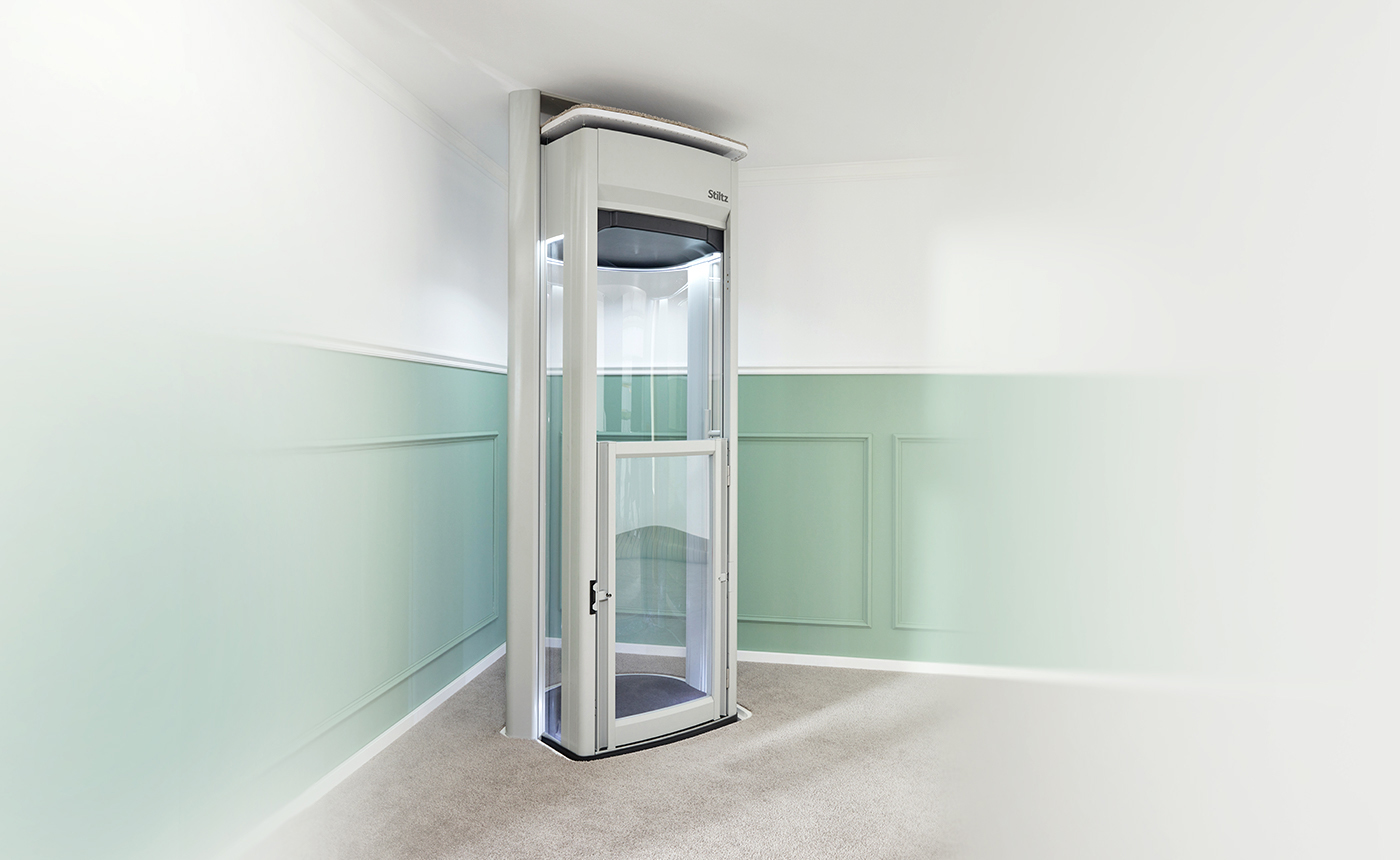Digging Into the World of Lifts: Typical Issues Faced by Numerous Lift Systems
As we navigate through the upright transport systems of modern-day structures, lifts attract attention as a crucial part of our day-to-days live. However, behind their smooth operation lies a world of complex systems that can sometimes come across challenges. From hydraulic lifts to traction systems and machine-room-less layouts, each lift kind includes its collection of typical concerns. Comprehending these challenges is vital for guaranteeing the smooth performance of these important systems. Allow's explore the intricacies that underlie the operation of lifts and the potential problems that can emerge, clarifying the complex web of lift systems.
Hydraulic Lifts
Hydraulic lifts, typically favored for low-rise buildings, use fluid stress to regulate the motion of the lift car (lift repair companies). This system includes a hydraulic pump pressing oil right into a cylinder, causing the elevator to relocate the preferred instructions. While hydraulic lifts are known for their peaceful and smooth procedure, they do feature their very own set of typical problems
One prevalent problem with hydraulic lifts is oil leak. In addition, concerns with the control system, such as damaged shutoffs or a malfunctioning pump, can trigger disruptions in the elevator's movement.
Normal upkeep and timely fixings are important to make sure the smooth functioning of hydraulic elevators. By dealing with these common concerns proactively, structure proprietors can reduce downtime and make sure the safety and efficiency of their vertical transport system.
Grip Elevators
When considering upright transport systems in structures, an additional typical type besides hydraulic lifts is the traction lift. Grip elevators operate making use of a system of ropes and counterweights that move the lift cars and truck by grasping onto the hoist ropes. This mechanism enables smoother and quicker vertical transport compared to hydraulic systems.
Among the typical issues encountered by grip elevators is rope wear. The constant activity of the ropes within the traction system can bring about put on and tear with time, potentially causing the lift to malfunction or come to be hazardous for usage. Routine examinations and maintenance of the ropes are important to make sure the elevator's correct functioning and safety and security.
One more concern that traction lifts may run into is connected to the control system. Problems with the control system can cause issues such as unpredictable activity, delays in action times, and even total shutdowns. Normal testing and upkeep of the control system are crucial to avoid such issues and make sure the elevator's integrity.
Machine-Room-Less (MRL) Elevators

One of the essential components of MRL lifts is the small gearless traction machine that is mounted within the hoistway. This maker efficiently drives the lift auto without the requirement for bulky tools discovered in standard traction lifts. Furthermore, MRL lifts normally utilize a weight system to balance the vehicle, more improving their energy performance.
Despite their advantages, lift repair near me MRL lifts may face difficulties related to upkeep and repair because of the constrained space for equipment setup. Access for servicing components within the shaft can be limited, needing specialized training for specialists. Appropriate upkeep timetables and regular assessments are crucial to guarantee the ongoing smooth operation of MRL elevators.
Overloading and Weight Restriction Issues
Are lifts equipped to deal with excess weight tons successfully and securely? Overloading and weight limit problems are essential concerns in elevator operations. Elevator producers style lifts with certain weight capabilities to make certain passenger safety and tools durability. Going beyond these weight restrictions can bring about numerous troubles, consisting of mechanical failings, delays, and security risks.
When elevators are overloaded, it places excessive strain on the electric motor, wires, and various other elements, potentially creating breakdowns or malfunctions. Security systems such as sensors and overload sensors remain in location to stop lifts from relocating if they identify excess weight. Furthermore, going beyond weight restrictions can result in increased power consumption and damage on the elevator system.
To mitigate straining issues, building supervisors ought to plainly show weight limits in lifts and educate residents on the importance of sticking to these restrictions - lift repair companies. Routine maintenance checks by certified technicians can additionally help make certain that elevators are running within secure weight specifications. By addressing overloading and weight limit concerns proactively, building owners can boost elevator security and performance
Electrical System Failings
Going beyond weight restrictions in lifts can not only lead to mechanical problems however likewise potentially contribute to electrical system failures within the lift infrastructure. Electrical system failures are a crucial concern in elevator operation, as they can cause unexpected closures, breakdowns, or also security dangers.
Additionally, power rises or variations in the electric supply can additionally interrupt the elevator's operation, affecting its efficiency and security. These electrical disturbances can harm sensitive elevator parts such as control board, circuit card, or sensors, leading to system failings. Normal maintenance and evaluations are essential to recognize and resolve prospective electrical concerns without lift companies in London delay, making sure the reliable and risk-free operation of lift systems. By sticking to weight limitations and conducting regular electrical system checks, structure owners can mitigate the threat of electrical failings in elevators.
Final Thought

Hydraulic lifts, commonly london lift company chosen for low-rise structures, use fluid pressure to regulate the movement of the lift automobile.When considering upright transportation systems in structures, one more usual type apart from hydraulic elevators is the grip lift. Traction lifts operate making use of a system of ropes and counterweights that relocate the elevator automobile by gripping onto the hoist ropes. Unlike standard elevators that need a separate device area to house the devices, MRL lifts integrate many of the components within the shaft, getting rid of the demand for a specialized equipment space.In verdict, elevators encounter common problems such as hydraulic breakdowns, traction system failings, and electric system problems.
Comments on “We Maintain Lifts with Precision: Ensuring Safety and Efficiency”